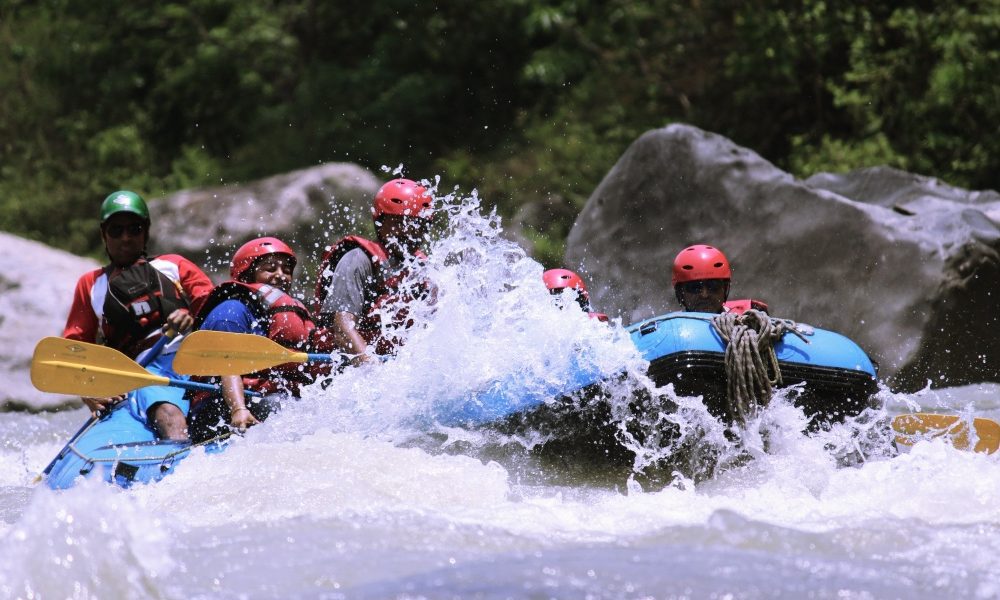The art of eagle training and hunting, found on tours in Western Mongolia, encompasses the ancient practice of falconry, where golden eagles are trained to hunt small game such as foxes, hares, and marmots. Here’s what you can expect to experience on hunting with golden eagles in Western Mongolia that showcase this traditional art:
- Eagle Training Demonstrations: Skilled eagle hunters demonstrate the techniques and methods used to train golden eagles for hunting. You’ll have the opportunity to observe how eagles are tethered, flown, and directed to pursue prey using specialized equipment and commands.
- Bond Between Hunter and Eagle: Witness the deep bond that develops between the eagle hunter and their bird of prey. The relationship between hunter and eagle is built on trust, mutual respect, and a shared understanding of the hunt. You’ll learn about the unique connection forged through years of training and partnership.
- Flight Training: Experience the awe-inspiring sight of a golden eagle in flight as it soars through the sky with grace and precision. Eagle hunters demonstrate how they train their birds to perform aerial maneuvers, such as stooping (diving) and soaring, essential for capturing prey in the wild.
- Hunting Techniques: Gain insight into the hunting techniques employed by eagle hunters as they simulate hunting scenarios in the field. You’ll learn how eagles use their keen eyesight and powerful talons to detect, pursue, and capture elusive prey, showcasing the innate hunting instincts of these majestic birds.
- Cultural Heritage: Explore the cultural heritage and traditions surrounding eagle hunting in Western Mongolia. Eagle hunting is deeply rooted in the history and identity of the Kazakh nomads, reflecting their close relationship with nature and the land. You’ll discover the significance of eagle hunting in Kazakh culture and its role in preserving ancient customs and practices.
- Nomadic Lifestyle: Immerse yourself in the nomadic way of life as you visit traditional Kazakh herder camps and learn about the customs and traditions passed down through generations. Experience firsthand the hospitality and warmth of nomadic communities as you share in their daily routines and activities.
- Natural Beauty: Enjoy the breathtaking landscapes of Western Mongolia as you explore the rugged mountains, vast steppes, and pristine wilderness that provide the backdrop for eagle hunting. From towering peaks to rolling plains, you’ll witness the stunning beauty of this remote and unspoiled region.
Overall, a tour showcasing the art of eagle training and hunting in Western Mongolia offers a unique and unforgettable opportunity to connect with nature, culture, and tradition in one of the world’s last remaining bastions of falconry.
How Are Eagles Tethered, Flown, And Directed to Pursue Prey in Demonstrations?
In Western Mongolia, during eagle training demonstrations, eagles are typically tethered, flown, and directed to pursue prey using traditional falconry techniques that have been passed down through generations. When you next plan your trip to Mongolia, here’s an overview of how eagles are handled and trained during these demonstrations:
- Tethering: Eagles are often tethered to a long line called a creance or leash during training sessions and demonstrations. The creance allows the eagle handler to maintain control over the bird’s movements while still allowing it some freedom to fly and exercise. The tether is attached to the eagle’s legs or jesses, which are leather straps secured around the bird’s ankles.
- Flight Training: Flight training is an essential part of eagle training, and handlers use the creance to guide and direct the eagle’s flight. The eagle is encouraged to fly to and from the handler, gradually increasing the distance and height of the flights as the bird becomes more proficient. Flight training helps develop the eagle’s strength, agility, and responsiveness to commands.
- Direction and Commands: Eagle handlers use a combination of verbal commands, gestures, and whistles to communicate with their birds and direct them during training exercises. These commands may include signals to initiate flight, change direction, or return to the handler. Handlers also use visual cues, such as the movement of a lure or prey, to guide the eagle’s behavior and reinforce desired actions.
- Prey Simulation: During demonstrations, handlers may use simulated prey items, such as a piece of fur or meat attached to a string, to encourage the eagle to engage in hunting behavior. The handler may swing or toss the lure to simulate the movement of prey, prompting the eagle to stoop (dive) and attempt to capture the target. This prey simulation helps reinforce the eagle’s natural hunting instincts and encourages it to exhibit predatory behavior.
- Reinforcement and Reward: Positive reinforcement plays a crucial role in eagle training, and handlers reward their birds with food, praise, or other incentives for successful behavior. When the eagle demonstrates the desired response, such as returning to the handler or successfully capturing the lure, it is rewarded immediately to reinforce the behavior and strengthen the bond between handler and bird.
Overall, the tethering, flying, and direction of eagles during demonstrations in Western Mongolia follow time-honored falconry practices aimed at building trust, developing skills, and nurturing the unique partnership between handler and bird. These demonstrations offer insight into the ancient art of eagle hunting and the deep connection between humans and birds of prey in Kazakh culture.


